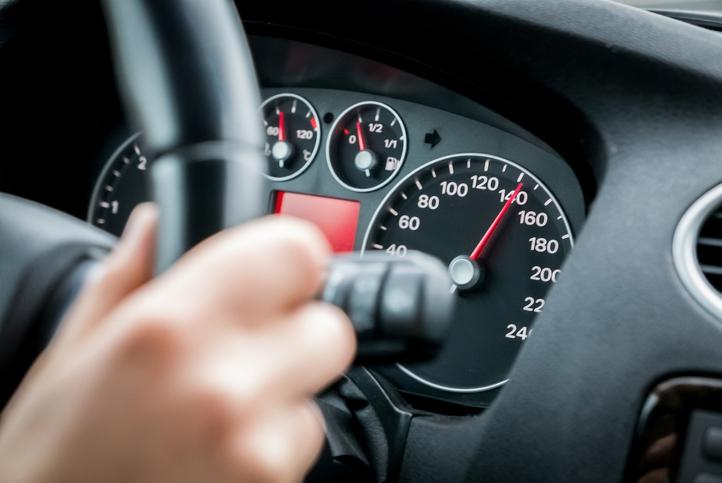

(844) - 444-4444

It is well settled that unsafe driving speeds increase the likelihood of a motor vehicle crash and endangers everyone on the road. According to the National Highway Traffic Safety Administration, over 12,000 people were killed because of unsafe speeding, representing 29% of all traffic fatalities. That means that in roughly one out of every three fatal crashes, speeding was a contributory factor.
Everybody has places to go and things to do. Life can get hectic and stressful, and there are schedules to keep. But what does that extra ten to fifteen miles per hour accomplish? What is the downside to arriving just a few minutes late? What is the upside of driving over the speed limit and increasing the risk of serious personal injury to yourself, your passengers, and other people on the road.
Unfortunately, these sort of cost-benefit calculations are not always undertaken, and the reflexive response for some people is to simply press down on the accelerator. That is a major problem, which can have very real consequences. According to the NHTSA, those consequences include a greater likelihood of vehicle control loss, reduced efficacy of occupant protection equipment like seatbelts and airbags, increased stopping distance, decreased reaction time, and an increased degree of crash severity which is associated with more severe injuries.
Some people feel a sense of anonymity when they put their hands on the steering wheel, which sometimes gives rise to a delusion of lack of accountability. All drivers are accountable for their actions, especially when those actions seriously harm another motorist or a roadside pedestrian.
According to a factsheet published by the Federal Highway Administration, the precise relationship between speed and crashes depends on an array of factors but, as a general rule, “if on a road the driven speeds become higher, the crash rate will also increase.” This makes sense. The faster the speed, the greater the likelihood of crash and force upon impact. In a survey of research, the FHWA noted that “[a]t the same percentage increase in speed, the crash rate on rural roads increases more than the crash rate on urban roads.”
The New York Vehicle and Traffic Laws, which governs vehicle operation on our roads, contains basic rules and maximum limits with respect to driving speed. Generally speaking, no motorist can drive “at a speed greater than is reasonable and prudent under the conditions and having regard to the actual and potential hazards then existing.” Maximum speed limits can be established, but where roadway conditions are inclement—think snow or ice—someone who is traveling below the speed posted on roadway signage can still be in violation of the rules of the road. Speeding is a relative term, dependent on all the circumstances, including weather and traffic conditions. When a motorist speeds and such speeding causes or contributes to a motor vehicle crash that causes personal injuries to another, that will likely be considered negligence per se.
The speed limit is established for a reason. If you were hurt by a speeding car in New York, you may be entitled to compensation for pain and suffering. The attorneys at William Mattar, P.C. have extensive experience helping injured motorists after car crashes. If you were hurt by a speeding driver, please do not hesitate to give our attorneys a call.





